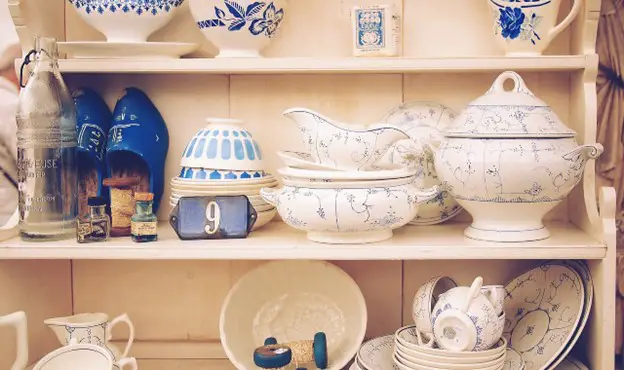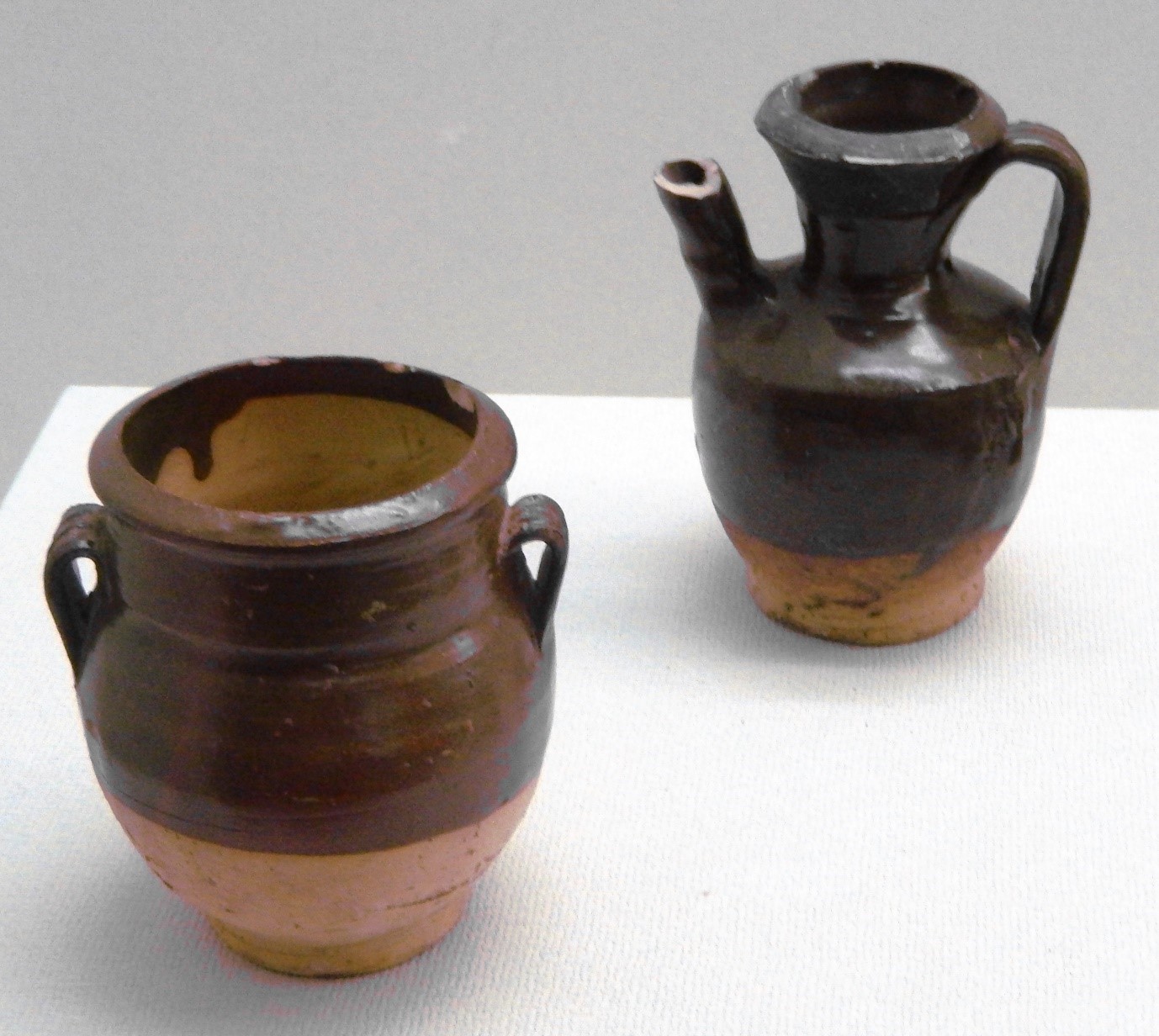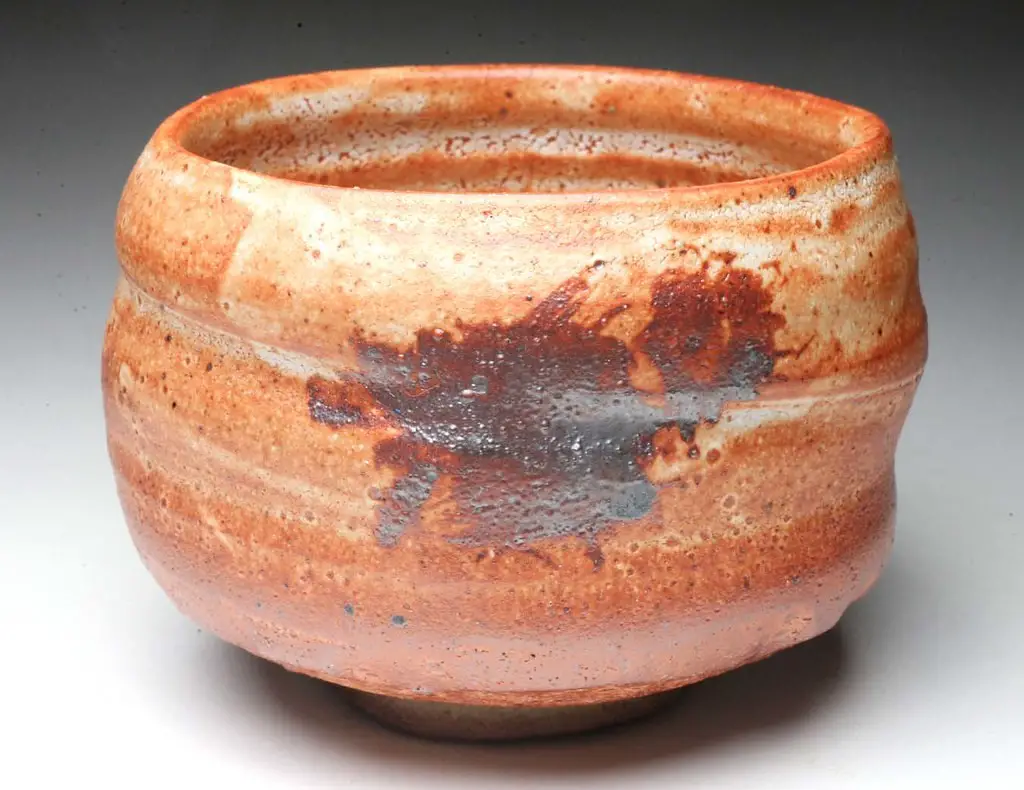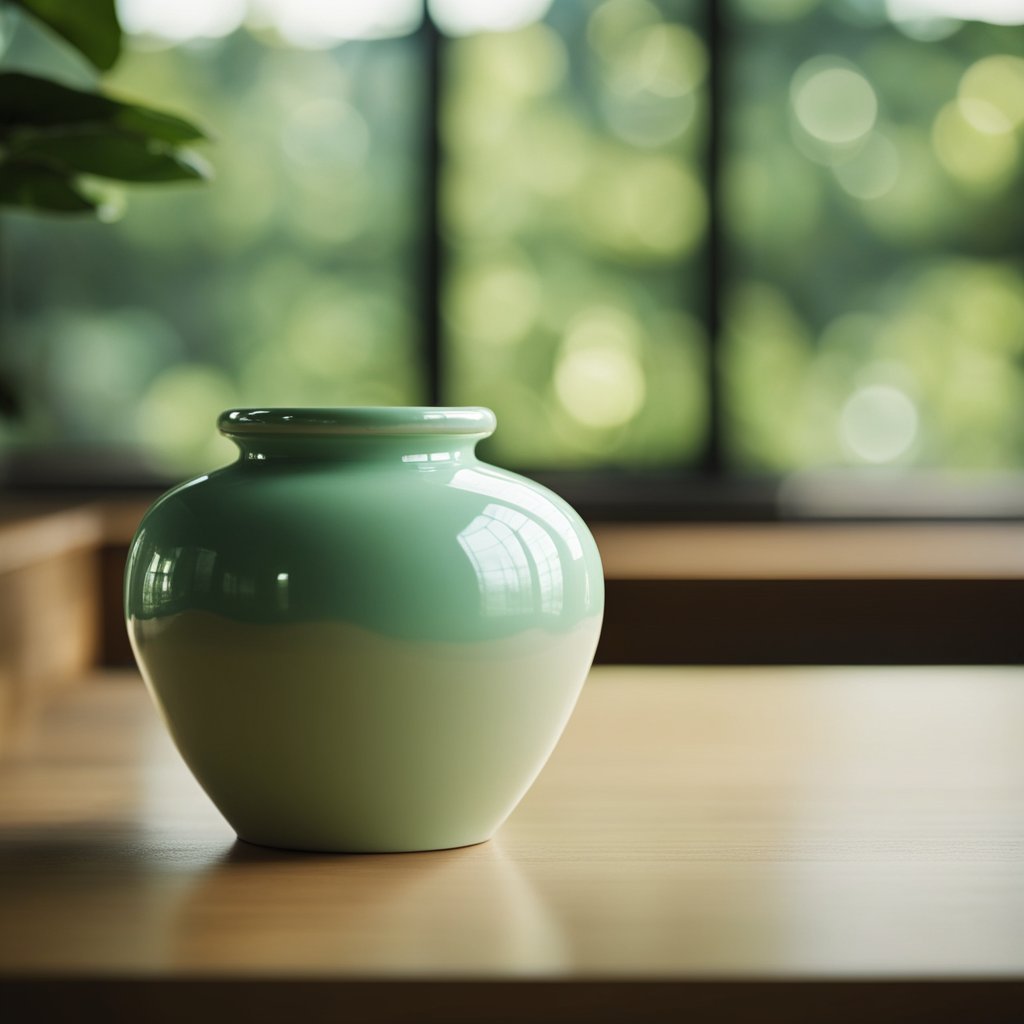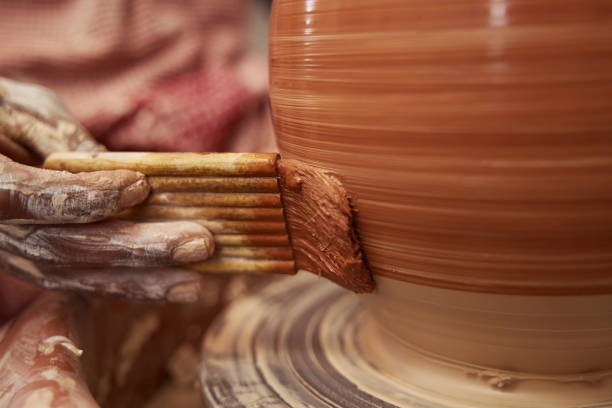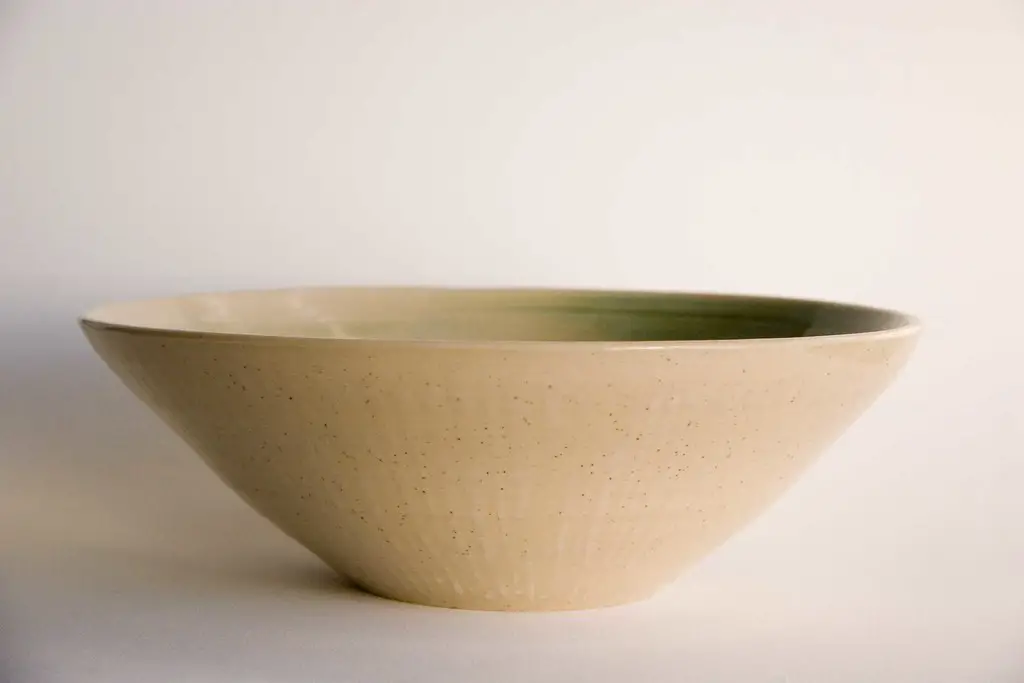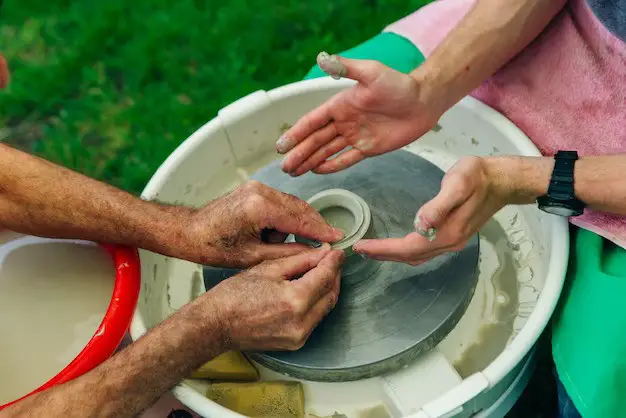Pottery-making is an art that requires peace and a setup you are familiar with. When crafting, you would want to avoid a noisy space or somewhere you do not feel comfortable. As a beginner, it is advised that you start your practice with a pottery studio nearby, especially if you are on a budget. However, if you are looking forward to practicing pottery on a long-term basis or going commercial with the skill, you would need a pottery studio that you can access any time you want. This could be an unused garage or room in your house or any other space you deem fit for the process. But, in the process of setting up your pottery studio, there are several mistakes you might make. So, what is that one big pottery studio mistake most pottery enthusiasts tend to make? Let us dive deep into the process and learn the best ways to avoid this mistake!
Top Mistake When Setting Up A Pottery Studio
As a beginner artist, several things can go wrong with the pottery studio setup process. From failing to set up the right sink for drainage to selecting a proper organizational method for the artwork prepared in the studio, you can go wrong in any step.
But, what is that one big mistake that most beginner potters ignore but is an important one in setting up a pottery studio? It’s ventilation!
Ventilation is something critical when setting up a pottery studio in your home or any space that you have left unused. When setting up your pottery studio, you need to create a list of items that go into the studio but the only thing we often ignore is ventilation. But, why is it so important?
Let us decode!
Properly ventilated pottery studio helps in:
- Removal Of Toxic/Harmful Fumes:
Pottery work, even beginner-level artwork, can involve working with various chemicals, glazes, or clay variants that can release potentially harmful fumes in the process of crafting. While you can look for alternatives that do not release such harmful fumes or VOCs (Volatile Organic Compounds), it doesn’t always guarantee that no fumes would be released in the process. With adequate ventilation, you can be assured that these fumes can easily be removed from your workspace while reducing any risks related to inhalation, especially if you have breathing issues or any pulmonary disease.
- Protect Yourself Against Airborne Particles:
When you work with clay, especially the dried variants, the minute powdery particles might get released into the air. These particles can enter your airways when you inhale and get stuck in your lungs or other parts of the respiratory system. Although this might not be noticeable initially, in the long run, the effects can be disastrous. So, it is crucial to ensure your studio is thoroughly ventilated to ensure the space is safe and clean. To start with, you can get yourself a reusable respirator mask like the AirGearPro G-500. This mask features A1P2 filters with an anti-dust and anti-gas feature that is perfect for sanding, painting, spraying, woodworking, pottery-making, or construction.

- Temperature/Humidity Control:
Kiln firing is an important part of the pottery-making process. And obviously, it generates heat and a lot of humidity. This makes the studio uncomfortably hot which can be especially troublesome when you have to work in the studio for long hours. Not just that, it can also prevent proper drying of the clay due to increased humidity. So, it is important to have proper ventilation in your pottery studio.
- Prevent Mold Growth And Odor:
Clay is an organic matter and with favorable conditions, mold growth and odor are inevitable. Mold doesn’t just damage the artwork but also has health risks that cannot be ignored. A properly ventilated space prevents or at least minimizes risks associated with mold growth while getting rid of the moisture in the room.
Top Mistake When Using A Pottery Studio
Now that you know the top mistake when setting up a pottery studio, let us learn about the top mistake that happens when using a pottery studio. Once you have successfully set up your pottery studio, the one thing most pottery artists ignore is the necessary safety protocols. Pottery making involves working with a range of materials, equipment, as well as tools that tends to be potentially hazardous when not used properly. This is especially true if you aren’t well-versed in using these tools with almost basic to zero experience.
So, what can you do?
- Not Using Appropriate Protective Gear:
While a simple hand-building task might not require wearing protective gear, you need to make it a habit to wear protective gear when crafting with clay. This includes protective items that can prevent any eye injury from flying debris, skin contact with abrasive materials or chemicals, and burns from hot materials or surfaces.
- Being Unaware Of Handling And Storage Of Chemicals:
When crafting a pottery piece, you will have to use various chemicals like stains, cleaning agents, or glazes. Lack of proper gear when handling these chemicals can result in burns or even other health risks that can occur when the fumes enter your airways. Moreover, you also have to know the best ways to dispose of these chemicals after use to avoid environmental hazards. Also, you need to keep in mind that you will be using electrical equipment when crafting with clay. Remember, this artwork involves the use of water and there is a high chance of electrocution. So, always wear safety gears that can prevent this.
- Ignoring Kiln Safety Protocol:
You also need to keep in mind that kiln firing is an unavoidable part of the pottery-making process. So, you need to practice all the kiln safety protocols to avoid serious damage or accidents. To start with, do not overload the kiln, and ensure that you are using the flammable materials the right way. Moreover, failure to monitor the firing temperature can cause kiln explosions or equipment failure. Additionally, make sure your kiln is free of obstructions to ensure adequate ventilation during the firing process.
Conclusion
By keeping these top mistakes in mind, you can make your pottery-making process seamless and error-free. Moreover, you can also avoid accidents that can happen during the pottery-making process when you neglect safety and ventilation. Setting up a pottery studio is a long and tedious process that requires thorough planning. If you ever find yourself stuck during the setup process, do not shy away from consulting an experienced friend or pottery artist that you look up to.

